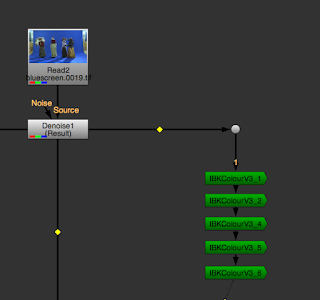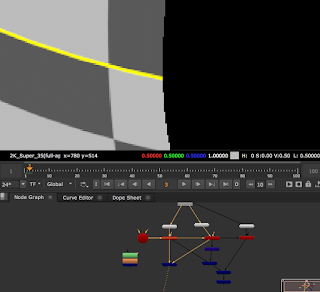Nuke Viewer Interactive Bounding Box Warning message

Viewer Interactive Bounding Box Warning message. Bounding box management is essential in compositing. This applies for all the compositing application. Compositor should have good knowledge in managing bbox in their workflow. Your script became more efficient and manageable by maintaining bbox as original format. Also, this help nuke to render your script much faster. All the big studios teaching artists, how to manage bbox in their script. Even-though, Experienced artists fails to maintain their bbox when it comes deadline. Every compositor knows how an artist works a deadline’s. This is a common issue across the studio. Came up with this small idea to warn the artist when their bbox goes beyond twice as original format. Bundled this tool with viewer LUT. When the bbox became 2times bigger than original format, Viewer pops warning message interactively. Warning message goes away once the bbox became normal. default sRGB LUT

